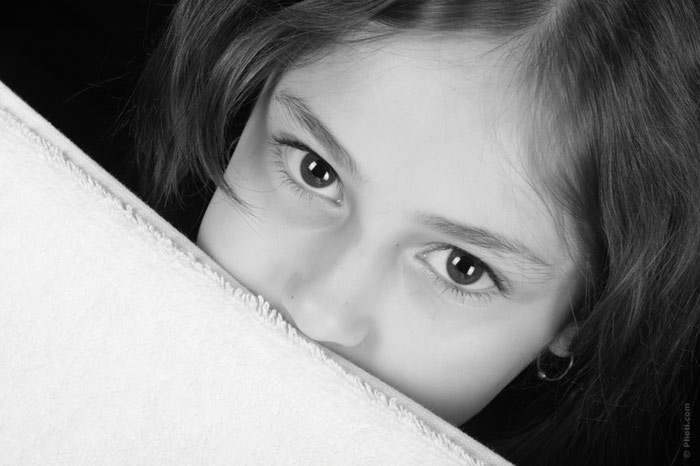Eye Movement Test to Detect Autism in Children
The more often the baby’s eyes move, the higher is the risk of being a victim of autism spectrum disorders. This is the conclusion reached by the British scientists.

The researchers from the Medical Research Council in the UK watched the eye movement of 104 children aged from 6 to 8 months. The scientists were interested in how often babies move pupils when looking at static pictures. Ordinary kids made eye movements every two seconds, but those who moved their pupils more intensively were subsequently three times more often diagnosed with autism.
Now experts believe that this discovery can be used as the basis for the methods of earlier diagnosis of autism spectrum disorders. The frequency of eye movements, according to scientists, shows how babies relate to the world around them and how quickly they can process the information they see. The scientists emphasize that their research is still in its early stages, and the frequency of eye movements itself is not yet a symptom of autism spectrum disorders.
The study also found that the babies who were at high risk of autism showed the smallest number of variations in the frequency of eye movements. Previously, the scientists discovered that when looking at some new images and scenes most of adults demonstrate the so-called “initial scanning effect”, which is characterized by frequent eye movements. After that, the phase of few movements comes. The researchers found a similar scenario in the children with low risk of autism. But in children with high risk of autism, there were almost no such differences – their eyes were moving constantly and often enough.
